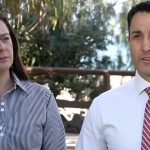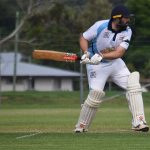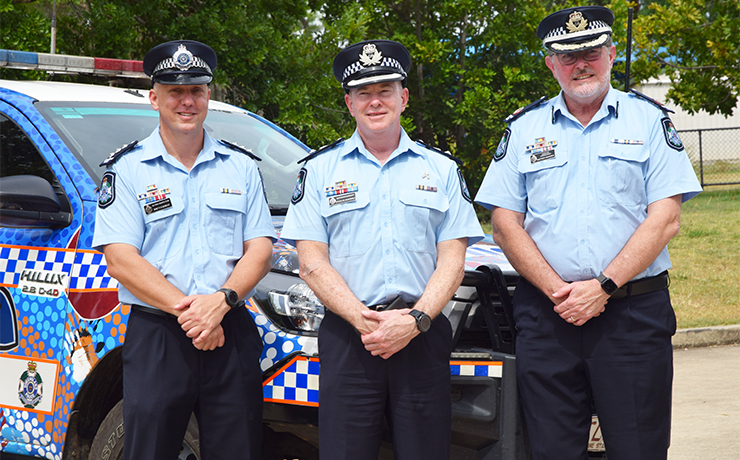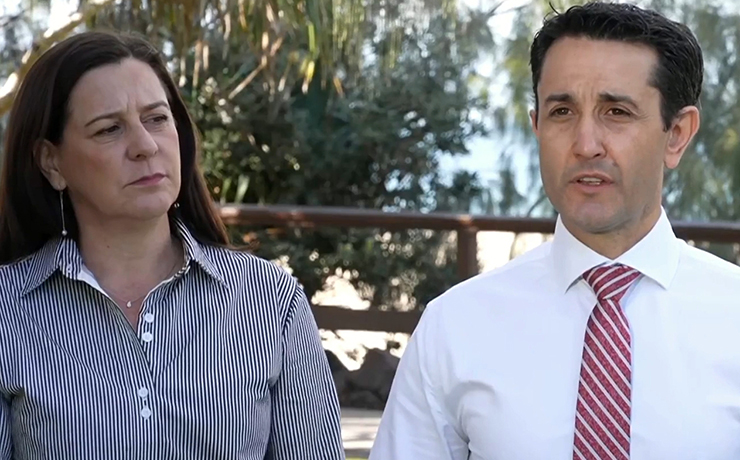
(Photo: Sydney Uni)
July 14, 2014
One in three people with diabetes admit they have never had their eyes checked, despite the fact that diabetic retinopathy is the most common form of blindness in adults aged 20–74.
The Royal Australian and New Zealand College of Ophthalmologists Eye Foundation says more than 98 per cent of vision loss in people with diabetes can be prevented with optimal management and treatment.
The college is supporting National Diabetes Week (July 13-19) by encouraging all Australians, and particularly those with diabetes, to have their eyes tested during July – or “JulEYE”.
“In the early stages of diabetic retinopathy, there are usually no warning signs. Diabetes can cause progressive damage to the eye’s retina causing the blood vessels at the back of the eyes to swell and eventually leak fluid,” RANZCO spokesman Prof Mark Gillies said.
“In order to reduce the risk of blindness, people with diabetes should not wait for symptoms to occur.
“Retinopathy can become quite advanced in eyes with apparently normal vision. Treatment is designed to prevent loss of vision. By the time vision is affected, permanent damage may have been done.”
At the time of diagnosis, 6 per cent of people with diabetes have some evidence of retinopathy.
Evidence of retinopathy is almost universal among people with Type 1 diabetes after 20 years, and after 30 years with people with Type 2 diabetes.






















